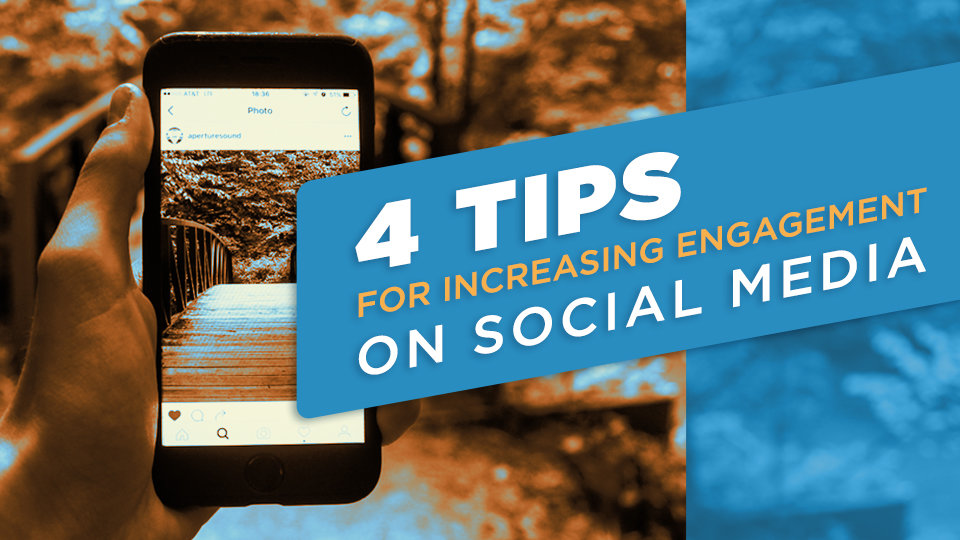4 Tips for Increasing Engagement on Social Media for Nonprofits
By Pete Wilson
So, you have a Twitter and Facebook account. Great! But what exactly are you doing with it?
In a HubSpot survey of small-to-medium non-profits in the U.S., here’s the breakdown of the top 10 social networks used by non-profits:
-
Facebook (98%)
-
Twitter (~70%)
-
LinkedIn (~55%)
-
YouTube (~45%)
-
Pinterest (~25%)
-
Instagram (~15%)
-
Google+ (~15%)
-
Flickr (~10%)
-
Tumblr (~5%)
-
SlideShare (<5%)
I’m so glad nonprofits and ministries are flooding to these powerful social media tools but it turns out, many nonprofits are not effectively using these tools.
I could go on and on about how much improvement I believe many nonprofits need to make to their social media strategy (and if you have a strategy you’re ahead of most) but let me focus on one simple word that could change so many things for you: ENGAGE.
Users aren’t going to Twitter and Facebook to hear press-release speak. They want genuine, community-minded engagement that inspires conversation and a reason to get involved in a cause. And yet according to a recent survey by the Case Foundation, “74 percent of nonprofits use social media as a megaphone to announce events and share what they’re up to, instead of seeking out conversation.”
So, here are four tips that will drastically improve your engagement on social media:
1. Listen. You need to be paying attention to what people are saying about your organization and industry online. There are some great tools out there to help you keep up. It can be as simple as setting up a Google Alert or using keyword search on Twitter. Use a listening tool such as Expion, Vocus or Trackur. Paying attention is the first step.
2. Own the good you do. Value the positive voice. It’s too easy only to focus on the negative. You need to make time to thank followers who love what you do. Be proud and say thank you (and by “thank you” I don’t mean only RT’ing positive compliments about your organization. That gets old quick and people start to feel used).
For years, I made the huge mistake of primarily only responding to the negative tweets because those were the ones that stung the most. I spent all my focus on them and not the ones who were thankful and giving me great feedback. Don’t leave all those high-fives hanging. Take time away from fighting fires, and responding to critics to thank the ones who are your important advocates. Grow those relationships.
3. Get visual. Attaching a photo or video to your post, especially of your donors and volunteers is a surefire way to lift engagement. Infographics and quotes are also a great way to grab attention and https://www.canva.com/.com is a great free tool that we love for creating those quickly.
4. Engage. Social media is just a fancy term for talking to other people. When you listen and value your followers you can create content that give value back to them. Be a part of the conversation; find out what they like to chat about. Care about what they are looking for. And then be there, to have a conversation that matters to them. Here’s a quick tip: end your post with a question instead of a statement. Posts that end with a question mark vs a period are likely to get twice as many likes, comments and shares.
Nonprofits who connect with their followers online earn a face, a personality, and a reputation for listening. It builds trust. And regardless of whether it’s fundraising, volunteer recruitment, advocacy or all the above that you’re trying to accomplish with your social networks, trust is ultimately what you need with those who follow.
Interested in digging a bit deeper into your social media strategy? Check out our free social media cheat sheet below to help you along the way.














